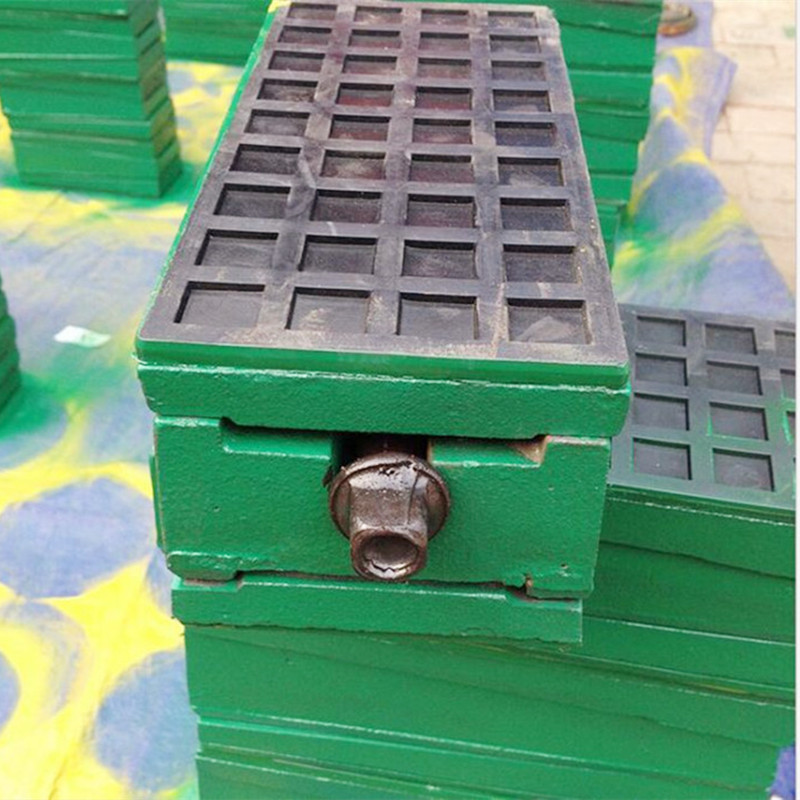Aug . 01, 2024 05:41 Back to list
Evaluating Precision and Accuracy with a Comprehensive Runout Measurement Testing Device
Understanding the Importance of Runout Testers in Precision Engineering
In the world of precision engineering, ensuring that machinery and equipment operate correctly is paramount. One of the critical tools that help in achieving this goal is the runout tester. A runout tester is an instrument used to measure the deviation of a rotating component from its ideal axis of rotation. This deviation, often referred to as runout, can lead to significant inefficiencies, vibrations, and even mechanical failure if not adequately monitored and controlled.
Runout is primarily categorized into two types radial runout and axial runout. Radial runout measures the distance between the rotating axis and a point on the surface of the part as it rotates. This type of runout can cause uneven wear and tear on components, resulting in reduced lifespan and performance. On the other hand, axial runout measures the movement or displacement of the component along the axis of rotation. High levels of axial runout can affect the alignment of parts and lead to operational issues.
The implications of excessive runout are far-reaching. In automotive applications, for instance, improperly aligned wheels can lead to uneven tire wear, reduced fuel efficiency, and compromised handling. In manufacturing processes, excessive runout on spindle assemblies can lead to poor surface finishes and increased tool wear. Consequently, using a runout tester is essential in various industries, including automotive, aerospace, and manufacturing, to uphold quality control standards.
runout tester

Runout testers come in various forms, such as dial indicators and laser-based systems. Dial indicators, which are manual and cost-effective, use a mechanical gauge that shows runout measurements as the component rotates. Although straightforward, they require a skilled operator to interpret the readings accurately. On the other hand, laser-based systems offer higher precision and automated measurement capabilities, making them ideal for modern manufacturing environments where speed and accuracy are crucial.
The testing process typically involves mounting the component securely and rotating it, while the runout tester records the displacement at various points around the rotation. This process can be enhanced by using software that analyzes the data, visualizes runout patterns, and provides insights into necessary adjustments or corrections. Therefore, modern runout testing tools not only measure but also aid in diagnosing potential issues, making them invaluable in preventive maintenance strategies.
In addition to their role in quality assurance, runout testers also play a crucial part in research and development. Engineers and designers use these tools to evaluate new designs and materials, ensuring they meet stringent performance and safety requirements before full-scale production. This early detection of potential problems in prototype phases can save companies substantial costs related to rework and product recalls.
In conclusion, runout testers are vital instruments in the realm of precision engineering, providing essential insights into the operational integrity of rotating components. By measuring runout accurately, industries can ensure the longevity and reliability of their products. As technology progresses, the evolution of runout testing tools continues to enhance precision engineering, driving industries towards improved quality, efficiency, and innovation.
-
Flanged Gate Valve: A Reliable Choice for Industrial and Municipal SystemsNewsAug.20,2025
-
Soft Seal Gate Valve: A Modern Solution for Reliable Pipeline ControlNewsAug.20,2025
-
Gate Valve Types: Understanding the Options for Your Pipeline SystemsNewsAug.20,2025
-
Y Type Strainer: Essential for Clean and Efficient Flow SystemsNewsAug.20,2025
-
Cast Iron Y Strainer: Durable Solutions for Demanding ApplicationsNewsAug.20,2025
-
Flanged Y Strainer: An Essential Component in Industrial Filtration SystemsNewsAug.20,2025
Related PRODUCTS









